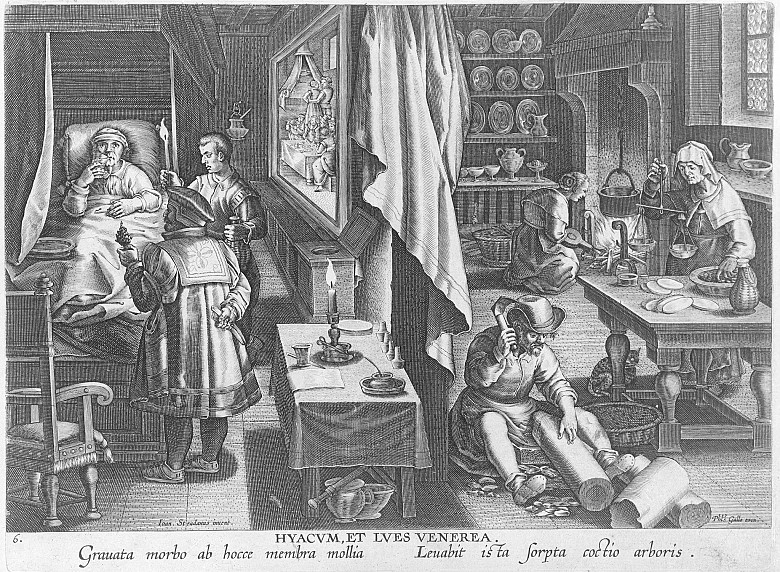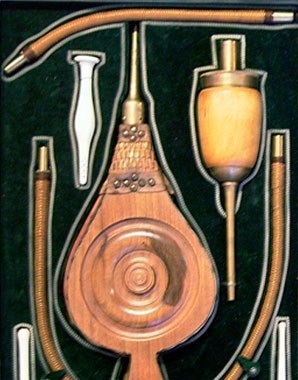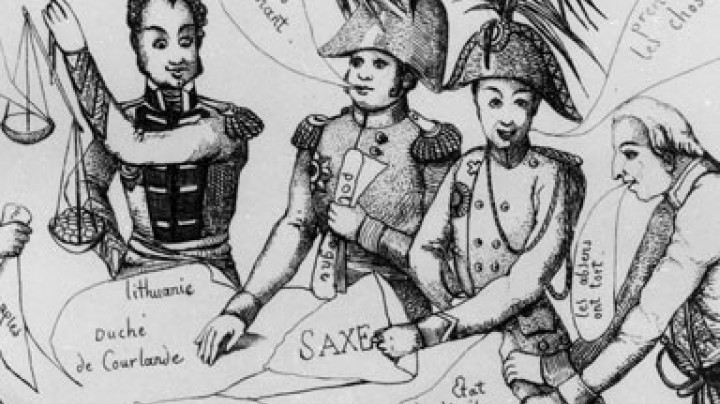Imbalances of the humours and the nervous system: the beginning of the campaigns against onanism
A permanent weakness of the left leg could be due to strain resulting from years of masturbation – this was the diagnosis of physician Gottfried Baldinger in 1779.
In the seventeenth and early eighteenth centuries, excessive ejaculation was associated with long-term damage to body and soul. The theory of the four humours was directly linked to that of the two kinds of seed, according to which both man and woman had seed in their bodily fluids that had to be spilled regularly. The ‘nerve theory’ was based on the assumption that seed was produced in either the spinal cord or the brain and had to be released via the nerve tracts. Both theories gave dire warnings that both sexual abstinence and too frequent arousal and masturbation would lead to an imbalance of the bodily fluids or the nervous system respectively. Therefore, any semen not used for its ‘natural’ purpose was regarded as a waste. Apart from the presumed physical damage, which included rigor, smallpox, spinal atrophy and stunted genitals, this practice was also thought to disturb mental balance.
Theologians regarded onanism as ‘impure’, contending that sexuality should exclusively serve the divine purpose of procreation. Anti-onanism pamphlets proposed timely prevention in infancy, and campaigns to this effect were launched as early as 1710 in London, spreading across Europe during the course of the eighteenth century.
The increasing view of onanism as an illness was in due course associated with a certain type of person – the onanist, thus creating a subject defined chiefly by his sex life, just as his physical and emotional existence was defined exclusively in the context of his ‘illness’.















